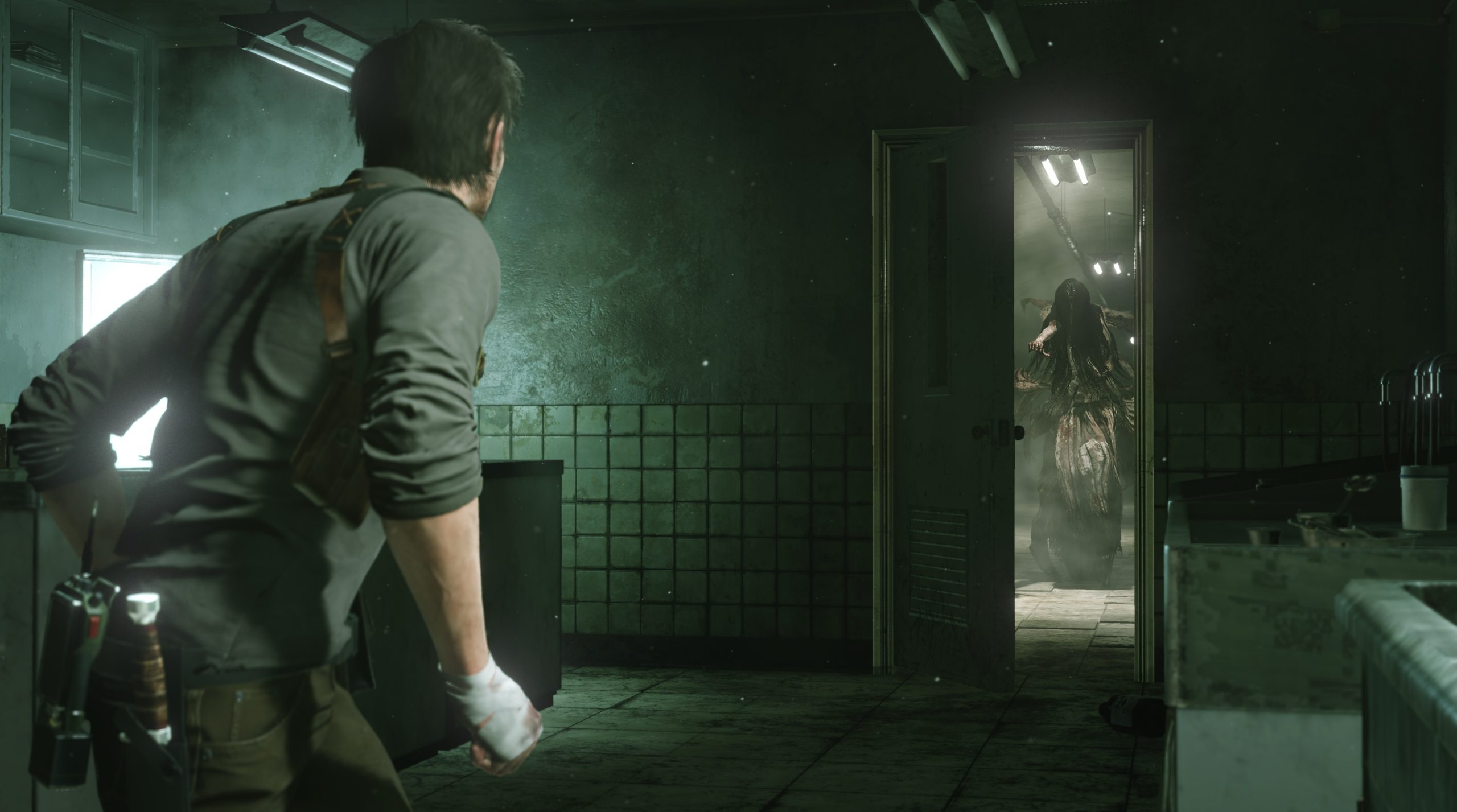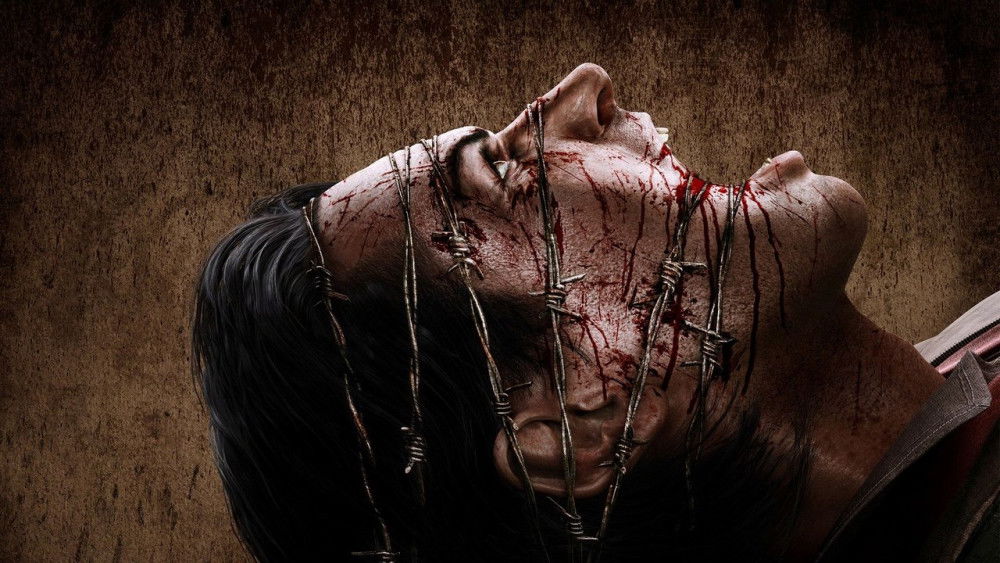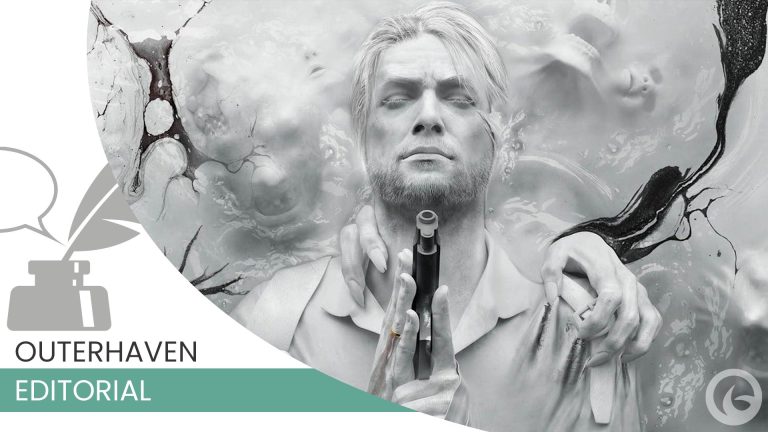Ever since Microsoft and Xbox took over the reins of ZeniMax and Bethesda, they’ve focused on leveraging select IPs—most notably high-profile franchises like Call of Duty, The Elder Scrolls, and Doom. But one title that’s been mysteriously left in the dark is The Evil Within, Bethesda’s original foray into the survival horror genre. It’s a title that I feel can stand toe to toe with the best of them in the surivial horror genre, and honestly, it deserved better.
The original Evil Within was a flawed but unforgettable experience that stood tall alongside Capcom’s Resident Evil series. It told a deeply emotional story of a broken father, Sebastian Castellanos, who was doing his best to carry on with his job while haunted, both literally and figuratively, by the trauma of his past. It combined brutal action, eerie set pieces, and psychological horror in ways that made even hardcore fans of the genre take notice.
Its sequel, The Evil Within 2, aimed higher and pushed harder. It expanded the gameplay with a semi-open world structure, deeper combat mechanics, and a more personal narrative. Sebastian, still mourning the loss of his family, suffering from PTSD, is thrust back into horror when he learns his daughter may still be alive. The story that unfolds is one of redemption and emotional reckoning, and to this day, I consider it one of the most underrated horror narratives in gaming.

But The Evil Within 2 faced an uphill battle from day one. Not only was it missing the direct involvement of Shinji Mikami, legendary creator of Resident Evil and director of the first game, but it also launched with numerous performance issues, particularly on PC. Frame drops, stuttering, and inconsistent optimization hindered the experience for many players, and the worst part is that most of these issues were never fully resolved. Even to this day, those very same issues are still a problem. That left a sour taste in the mouths of early adopters and reviewers alike, which affected its reception and word-of-mouth momentum.
Unlike the first game, which received two well-received DLCs, The Evil Within 2 was left hanging. Its open-ended finale suggested more was to come—either through expansions or a third game—but nothing materialized. Despite its improvements in pacing, design, and storytelling, Bethesda quietly walked away from the series after its second outing failed to meet sales expectations.
And yet, as a fan, I still want to know what happens next.
Sure, Sebastian rescues his once-thought-dead daughter Lily, and Kidman, his former partner from the first game, finally breaks free from Mobius’ control. But what about Ruben Victoriano/Ruvik from the first game? After Sebastian performed a curb-stomp on the container that houses Ruvik’s brain in the first game, it was assumed that Ruvik had died. Yet, we see him escaping with Leslie’s body, right out the front door, with Sebastian noticing it. How? Why? What’s his endgame? Why didn’t he make an appearance in The Evil Within 2?
And then there’s the STEM System. It’s the key piece of technology that powers the simulated nightmare world where most of the series takes place. Even after everything, the post-credits scene in The Evil Within 2 shows STEM being reactivated, but we don’t get to see who did it. What happens next?
So much was left wide open. While Sebastian’s arc could be considered complete, the universe still had room to grow. Characters had stories left to tell. The world of The Evil Within still had more to offer.
Meanwhile, Capcom has been on a tear. With Resident Evil 7, Village, and a string of wildly successful remakes, it’s clear the once-fallen king of survival horror is not only back but thriving. The recent announcement of Resident Evil 9 only reinforces that. And while I’m beyond excited for it, I can’t help but feel frustrated at how The Evil Within was abandoned in contrast.

I don’t feel that Bethesda ever gave the series the support it needed. It didn’t receive the marketing push, post-launch care, or internal commitment that other AAA horror franchises did. And once fans realized that Shinji Mikami wasn’t directly involved in the sequel, some dismissed it outright. That’s not a knock against director John Johanas, who did a solid job building on the foundation of the first game—he just didn’t have the name recognition or legacy backing him up the way Mikami did.
As someone who genuinely loves both Resident Evil and The Evil Within, it’s disheartening to see Bethesda let the latter fade into obscurity. There’s been no word of a sequel, no remake, no remaster. Nothing. And that’s a shame, because The Evil Within 2 did what sequels should: it improved the gameplay, deepened the narrative, and gave the series a strong identity. It just wasn’t enough, through no fault of its own.
So here we are. Resident Evil is thriving, and The Evil Within is collecting dust. It deserved more than a silent death. It deserved another shot. I’m sure some disagree, but having fallen in love with the series, I wish that it wasn’t the end of the road.
But maybe it isn’t. It took EA nearly 10 years to revisit the Dead Space series, another personal favorite of mine. Given that it’s been almost eight years since The Evil Within 2 was released, perhaps there’s still hope. My fingers are crossed that there is.



